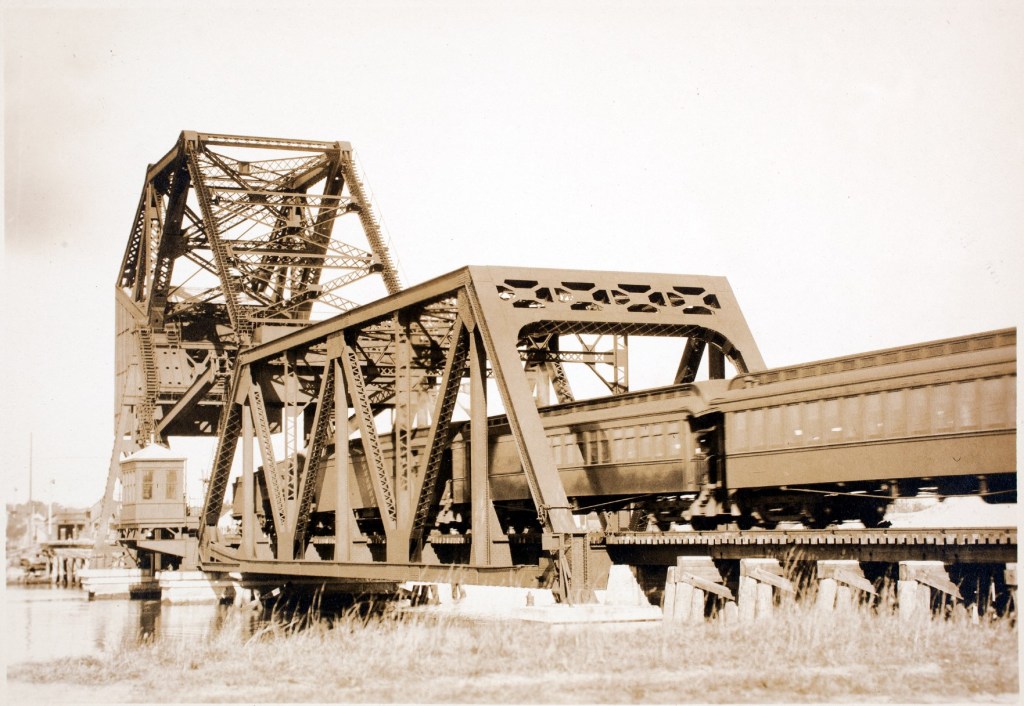Railway Bridges: A Journey Through History and Urban Exploration
Imagine standing on a railway bridge, surrounded by the echoes of trains passing beneath your feet. The rumble of the tracks, the gusts of wind rushing through the steel trusses, and the breathtaking views that stretch out before you. Railway bridges are not only marvels of engineering but also gateways to uncovering hidden stories and exploring forgotten paths.
These majestic structures have been an integral part of our transportation network since the advent of steam locomotives in the early 19th century. Spanning rivers, valleys, and canyons, they connect communities and enable seamless travel across vast distances. But beyond their practicality lies a rich history waiting to be discovered.
One notable example is the Forth Bridge in Scotland – a masterpiece constructed between 1882 and 1890. Its iconic red color dominates the landscape as it stretches over one mile in length across the Firth of Forth. This cantilever railway bridge not only revolutionized engineering techniques but also became a symbol of human ingenuity.
As urban explorers venture into these monumental structures, they unravel stories that intertwine with local culture and heritage. These bridges often serve as silent witnesses to significant events throughout history – from wartime movements to economic transformations.
The High Line Park in New York City is a prime illustration of how abandoned railway infrastructure can be repurposed for public use while preserving its historical essence. Originally built as an elevated freight rail line in 1934, this structure was transformed into an urban oasis amidst bustling Manhattan streets almost eight decades later.
Walking along this elevated park offers visitors a unique perspective on New York’s concrete jungle below while immersing them in nature-inspired landscapes dotted with art installations. It acts as both a reminder of industrial progress and an escape from its chaotic pace – all within a single architectural marvel.
Another fascinating example is Germany’s Rakotzbrücke, known as the “Devil’s Bridge.” Nestled within Kromlau Park, this enchanting stone bridge was built in the 19th century and perfectly mirrors its arch in the still waters below. Its reflection creates an optical illusion that has captivated visitors for generations.
Beyond their aesthetic appeal and historical significance, railway bridges also hold a certain allure for urban explorers seeking adventure and adrenaline-fueled experiences. The exploration of these structures requires careful planning, respect for safety regulations, and a deep appreciation for their unique architectural features.
One such example is Paris’ Pont de Bir-Hakeim – a double-deck bridge that carries both road traffic and metro trains across the Seine River. This iconic structure gained popularity among urban explorers after being featured in movies like Inception and Midnight in Paris. Scaling its steel beams provides not only a thrilling experience but also unparalleled views of the Eiffel Tower.
However, it is essential to approach railway bridge exploration responsibly. Trespassing on active tracks or climbing unsupported areas can be dangerous and illegal. Engaging with local authorities or organizations dedicated to preserving heritage sites can provide opportunities to explore these structures safely while respecting their historical value.
In recent years, social media platforms have played a significant role in popularizing urban exploration activities around railway bridges. Instagram feeds are filled with breathtaking images from daring adventurers who have captured the beauty of these architectural wonders from unique angles.
While this exposure brings awareness to neglected infrastructure’s untapped potential, it also raises concerns about preserving these landmarks amidst increasing foot traffic and vandalism risks. Striking a balance between accessibility and conservation becomes paramount to ensure future generations can appreciate them as well.
As we delve deeper into our fascination with railway bridges through urban exploration, we discover connections that extend beyond physical structures themselves – connections between people separated by time yet united by shared experiences traversing these magnificent feats of engineering.
So next time you find yourself gazing at a railway bridge, take a moment to appreciate the stories it holds within its steel and stone. Whether you choose to explore them firsthand or simply admire from afar, these structures offer us an opportunity to connect with our past while embracing the spirit of adventure that lies within us all.

Leave a comment